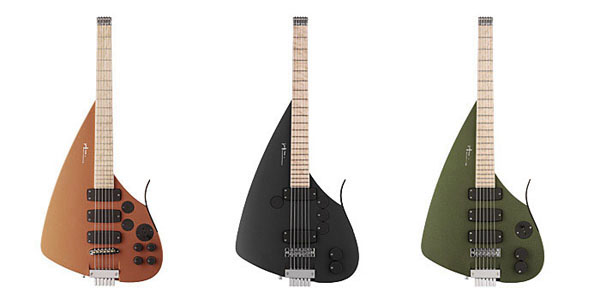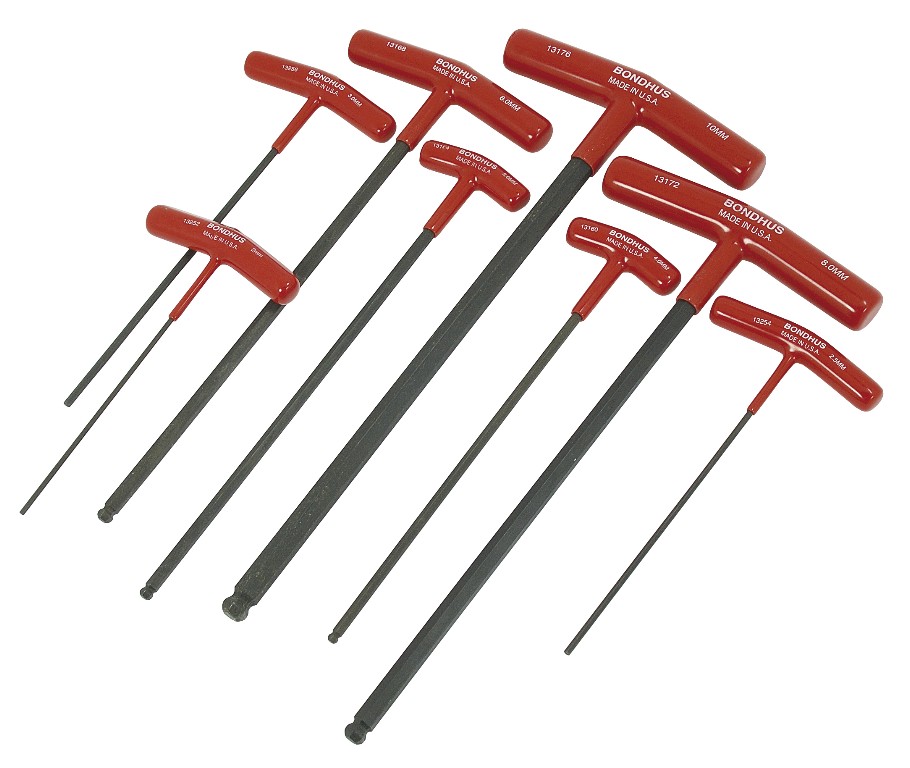NoodleFace
Delicious Noodles
Hey guys. A little background on me first - I've been playing for 20 years (death metal). About 6 or 7 years ago I had to sell most of my gear off to fund getting my BS in Computer Engineering. Just recently I picked up a 6505+ and a couple guitars to get back into it.
One of the strangest things to me, a guy who dropped out of the guitar trade and really didn't look at all for several years, was the abundance and love for headless guitars.
I'm curious how that all started? What are the benefits?
My father has an old Steinberger from the 80's that we laugh about when he takes it out - yet now, these headless guitars are everywhere and there is a lot of love for them from people.
Just kind of curious how and when this happened, haha.
One of the strangest things to me, a guy who dropped out of the guitar trade and really didn't look at all for several years, was the abundance and love for headless guitars.
I'm curious how that all started? What are the benefits?
My father has an old Steinberger from the 80's that we laugh about when he takes it out - yet now, these headless guitars are everywhere and there is a lot of love for them from people.
Just kind of curious how and when this happened, haha.



